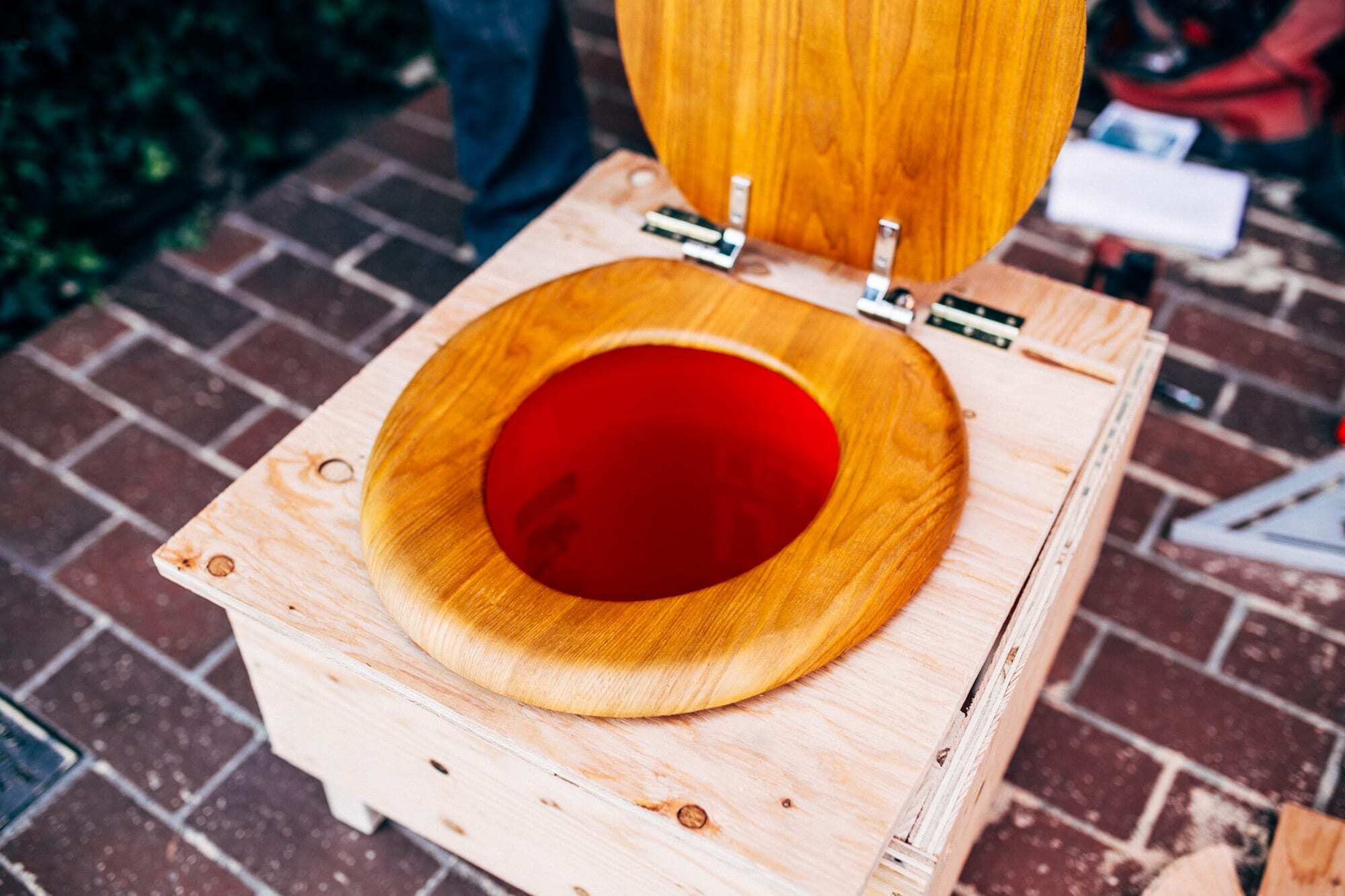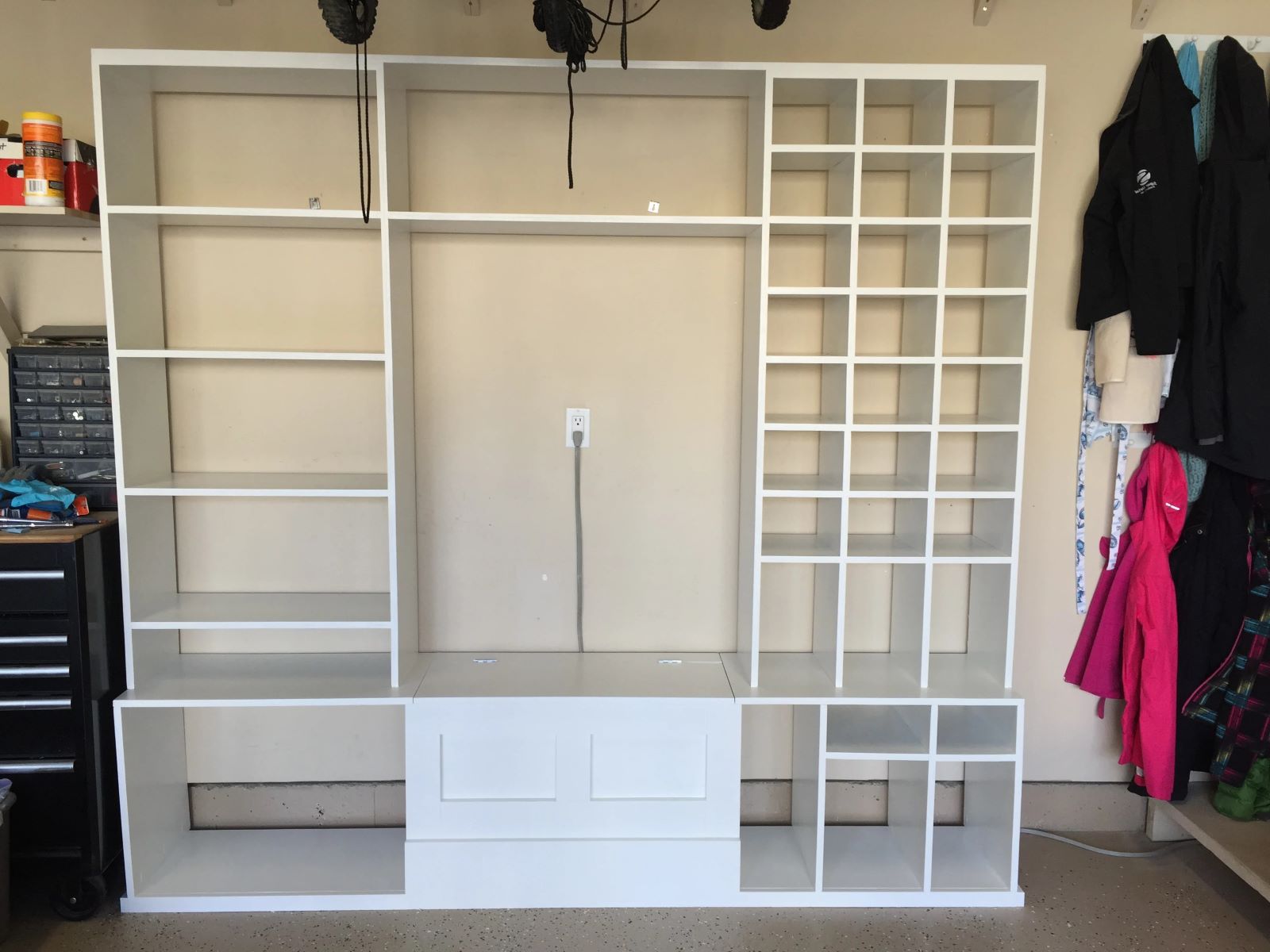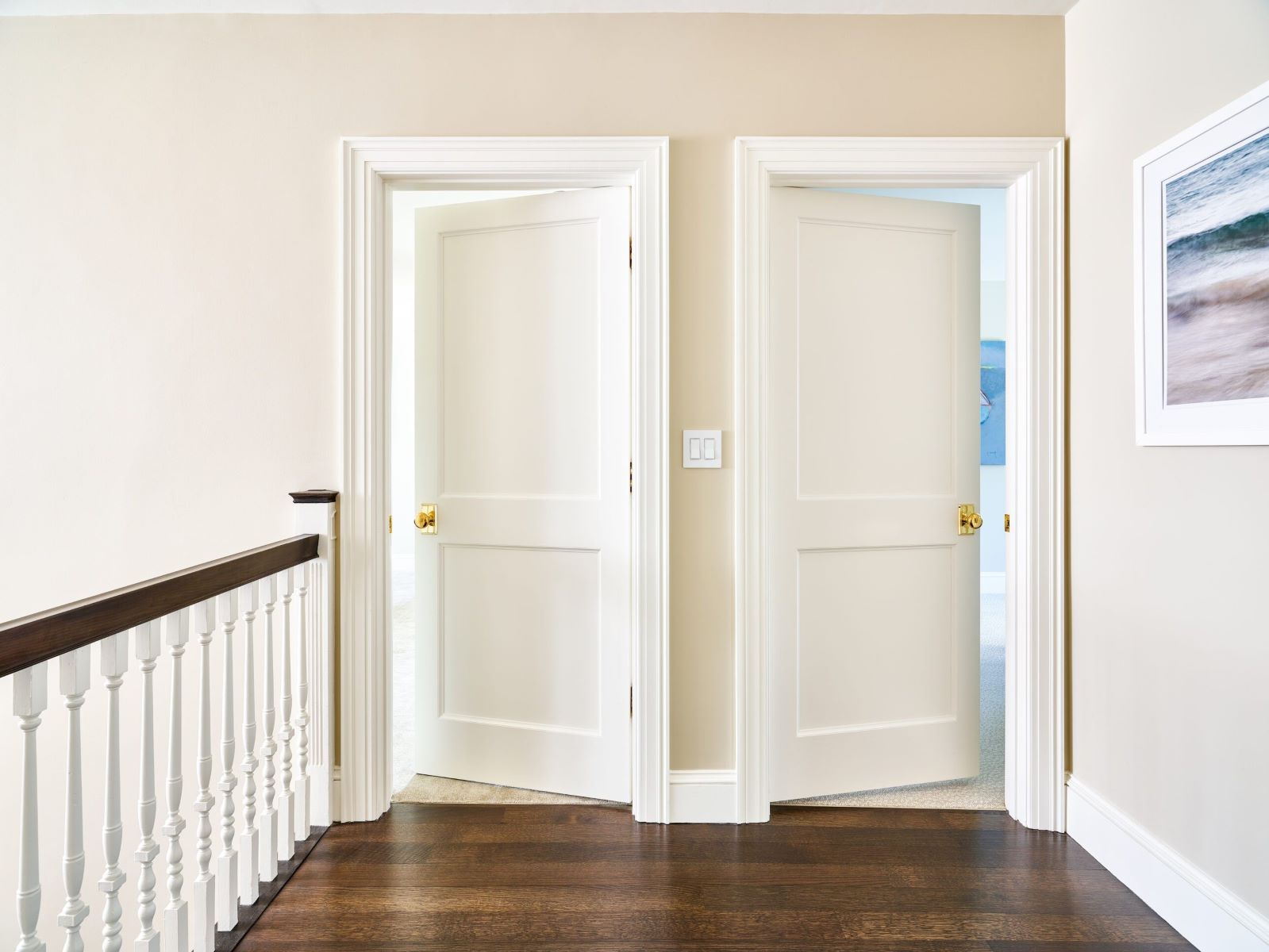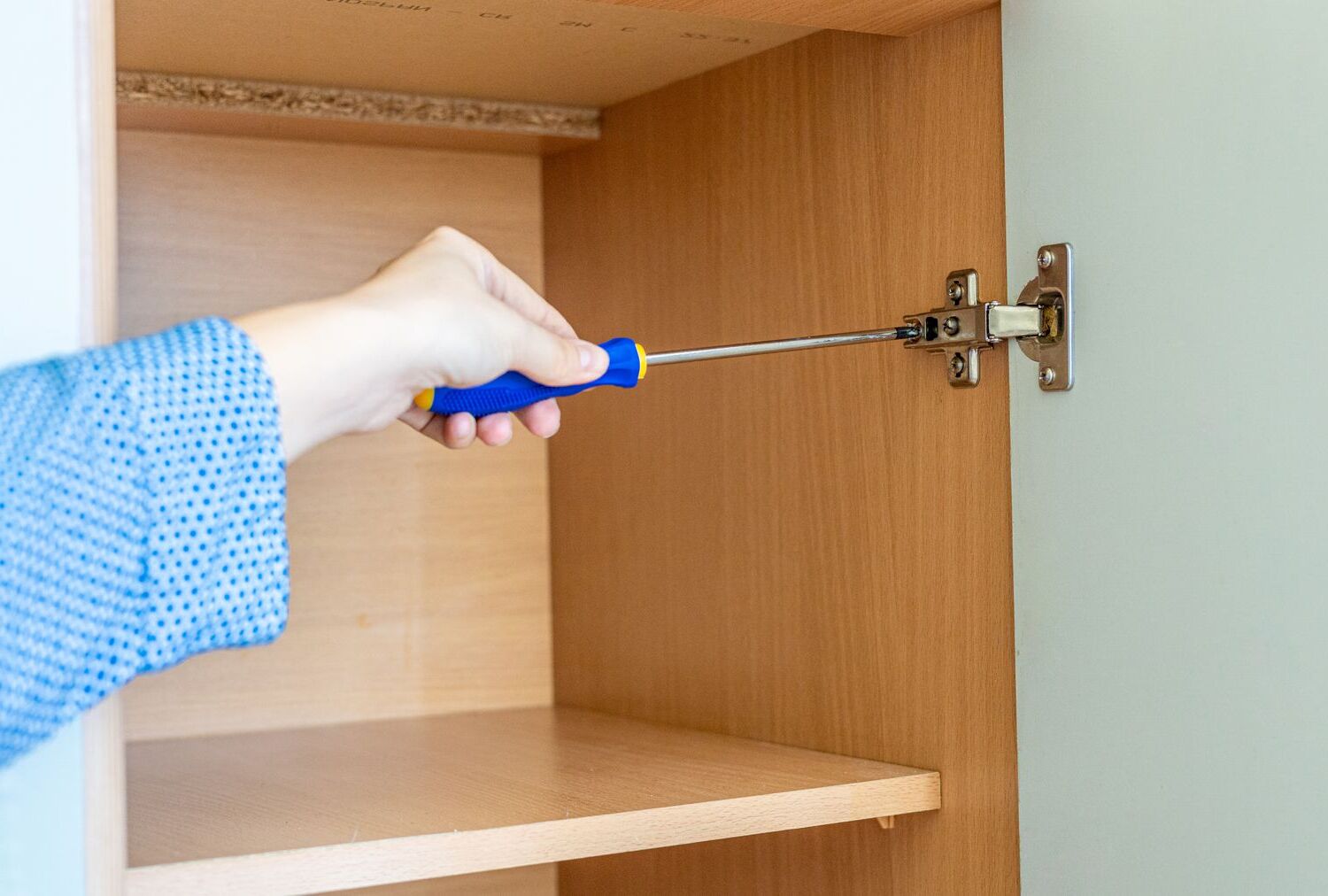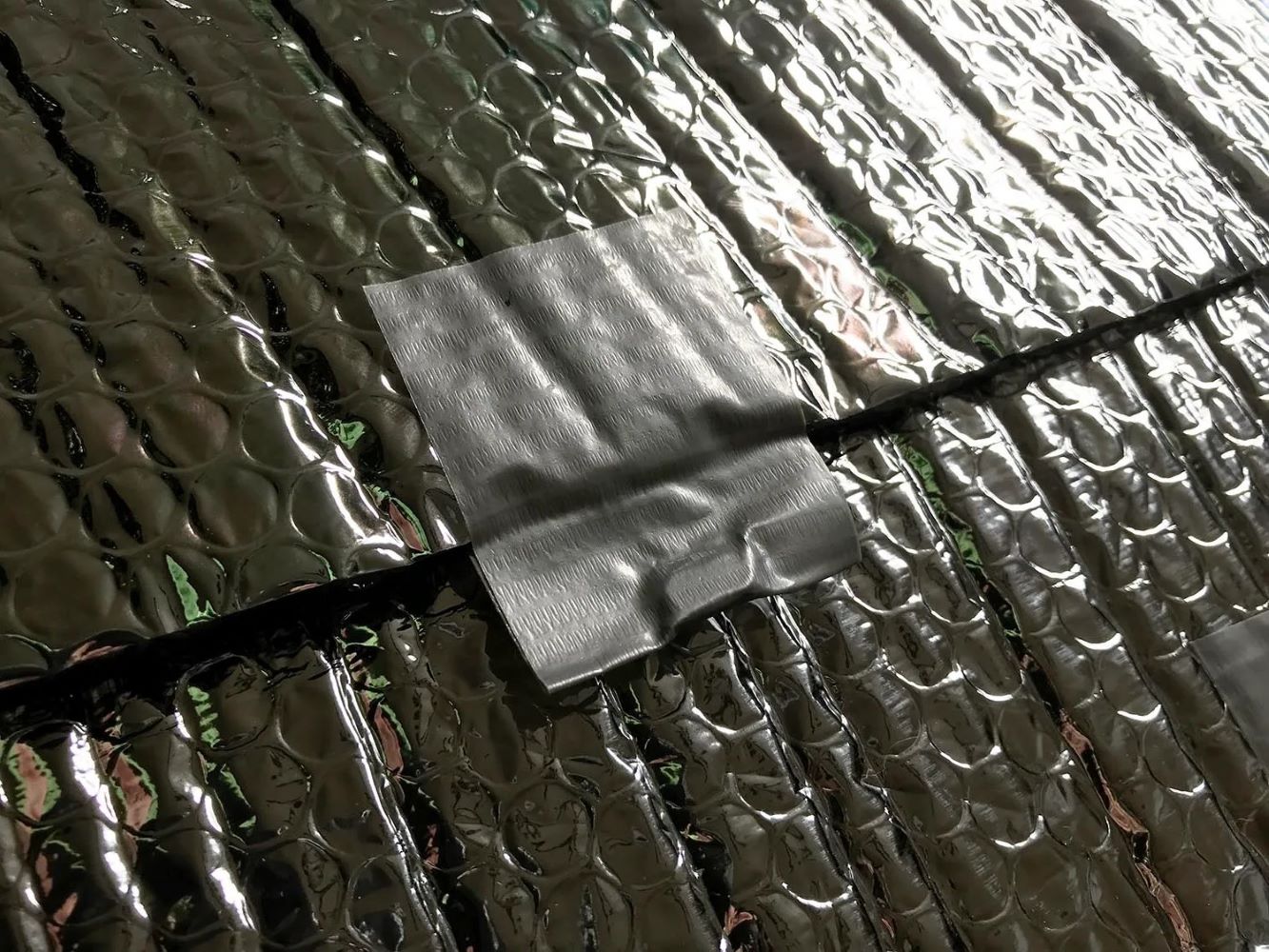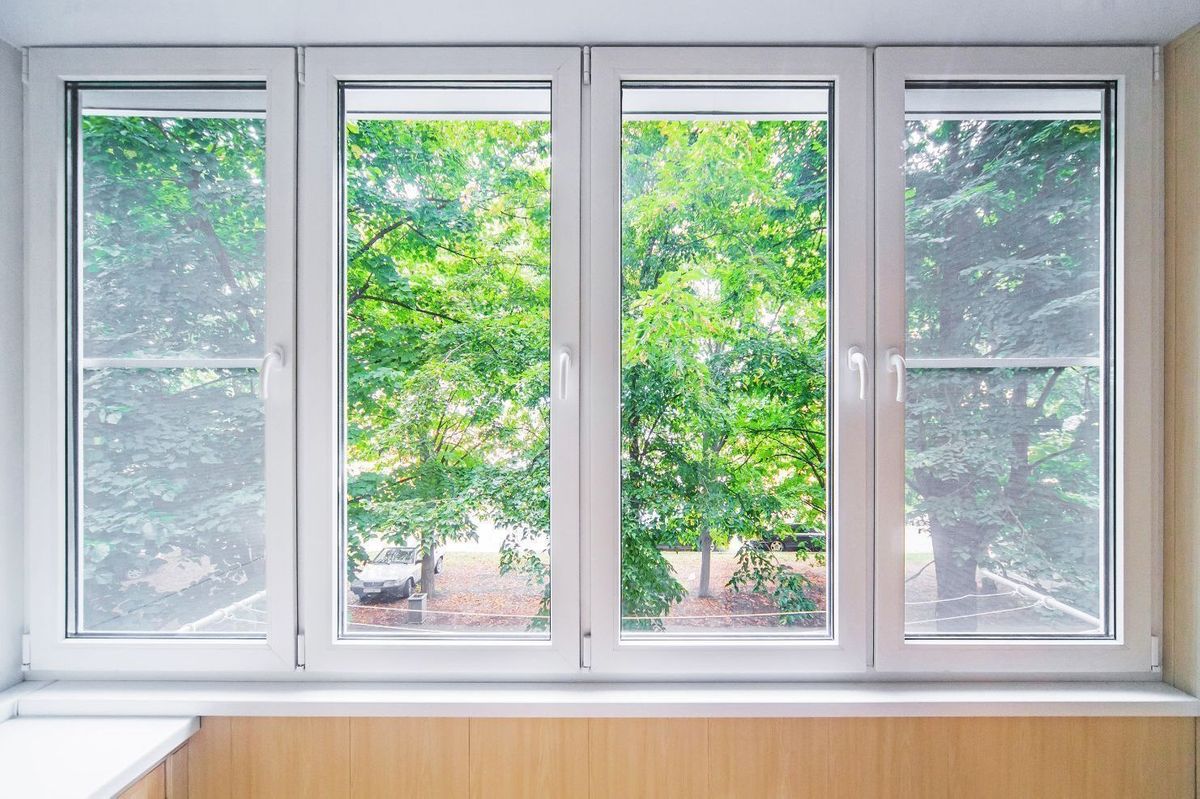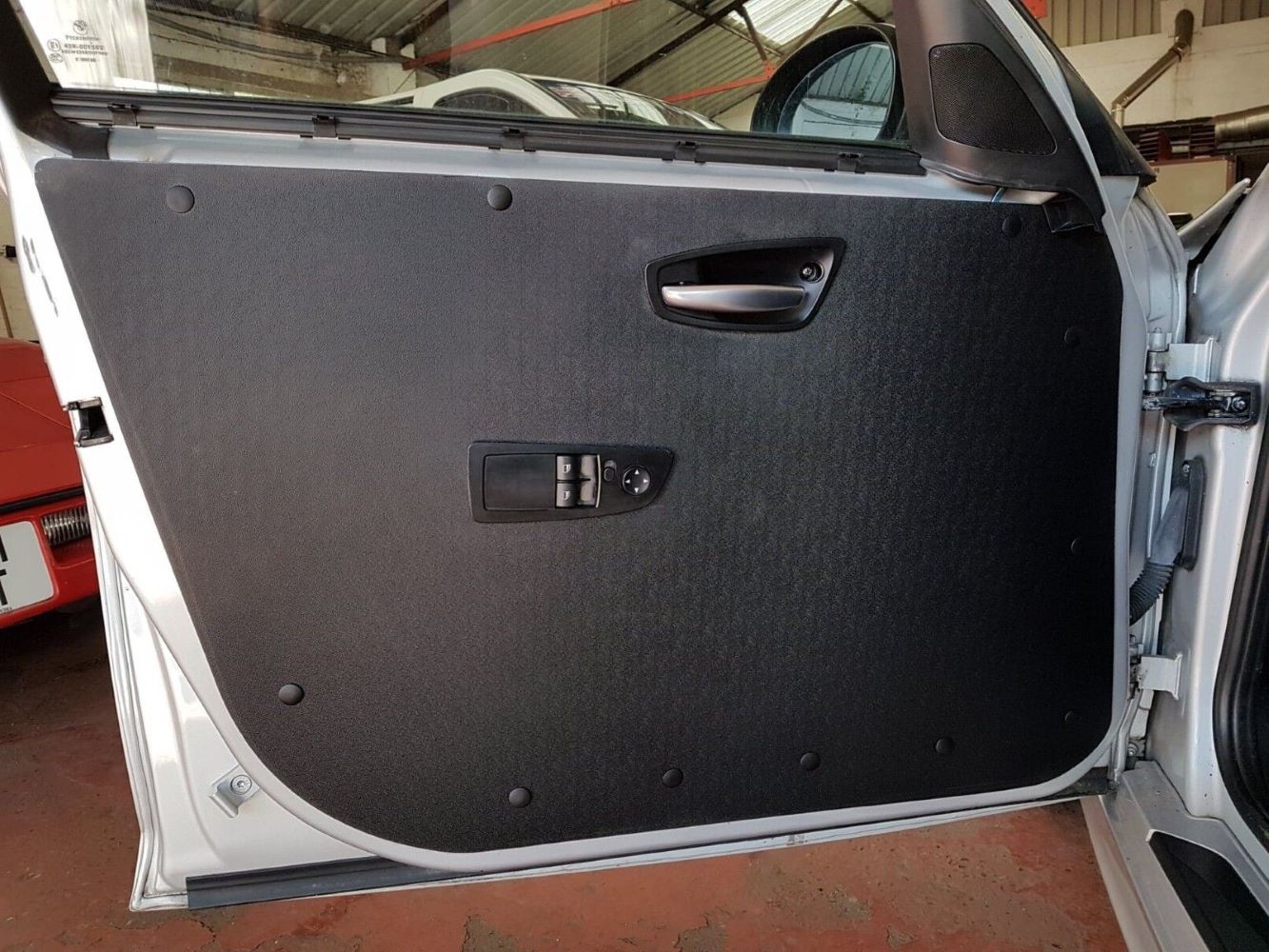Home>Create & Decorate>Reusing & Recycling>How To Make A Compost Pile
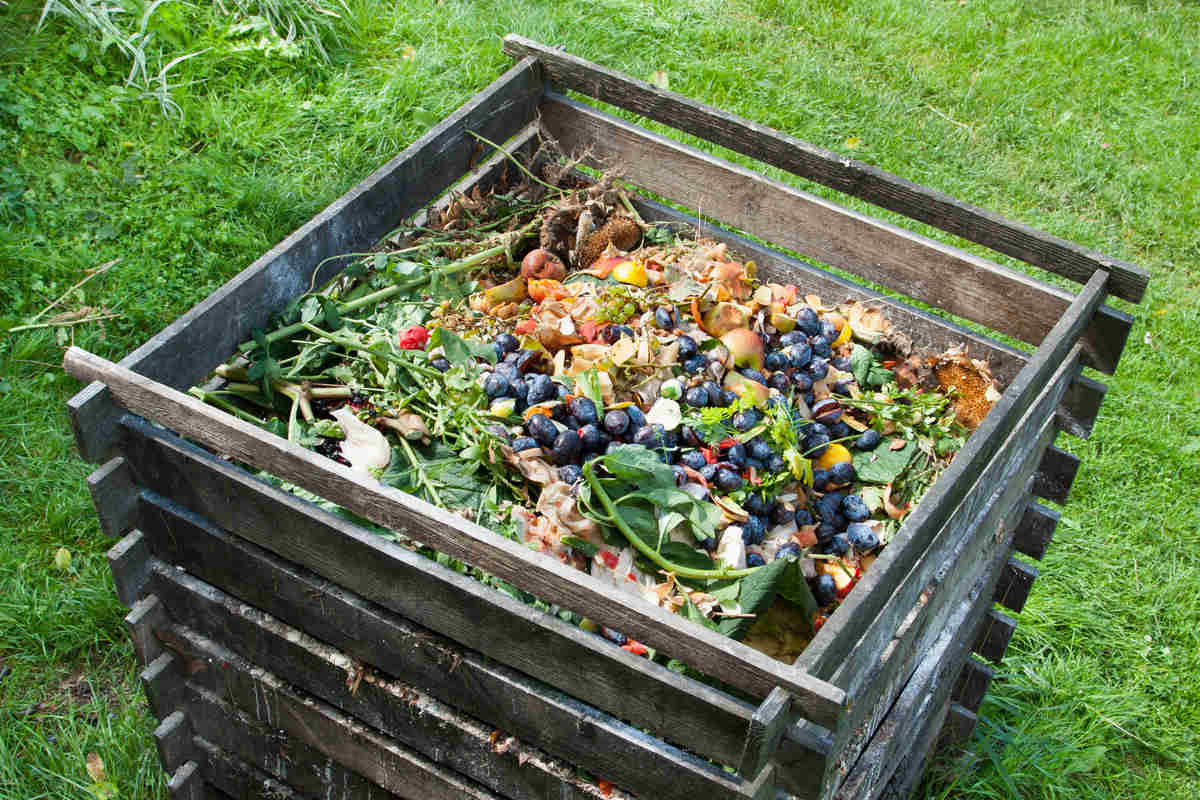

Reusing & Recycling
How To Make A Compost Pile
Published: March 7, 2024

Content Creator specializing in woodworking and interior transformations. Caegan's guides motivate readers to undertake their own projects, while his custom furniture adds a personal touch.
Learn how to make a compost pile at home and contribute to reusing and recycling organic waste. Discover the benefits of composting for a sustainable environment.
(Many of the links in this article redirect to a specific reviewed product. Your purchase of these products through affiliate links helps to generate commission for Twigandthistle.com, at no extra cost. Learn more)
Introduction
So, you want to learn how to make a compost pile, huh? Well, you've come to the right place! Composting is a fantastic way to reduce waste, enrich your garden soil, and do your part for the environment. Whether you're a seasoned gardener or a newbie looking to dip your toes into the world of composting, this guide will walk you through the process step by step. By the time you're finished reading, you'll be ready to roll up your sleeves and get your hands dirty – in the best possible way, of course! Let's dive in and learn how to make a compost pile that will have your garden thriving in no time.
Read more: How To Build A Compost Bin
Choosing the Right Location
When it comes to setting up your compost pile, choosing the right location is crucial. Here are some key factors to consider:
-
Accessibility: Select a spot that is easily accessible from your kitchen or garden. This will make it convenient to add kitchen scraps and garden waste to the compost pile.
-
Sunlight: While your compost pile doesn't need direct sunlight, it's best to place it in a partially sunny or shady area. Extreme heat can dry out the pile, while too much shade can slow down the decomposition process.
-
Drainage: Ensure that the chosen location has good drainage to prevent waterlogging, which can lead to a smelly, anaerobic compost pile.
-
Air Circulation: Opt for an area with good air circulation to promote aerobic decomposition. This means avoiding enclosed spaces or areas with low airflow.
-
Proximity to Water Source: It's helpful to place your compost pile near a water source for easy watering when necessary.
By considering these factors, you can set up your compost pile in an ideal location that promotes efficient decomposition and makes it easy to manage.
Gathering Materials
Gathering the right materials is the first step in creating a successful compost pile. Here's what you'll need:
-
Brown Materials: These include items like dried leaves, straw, and shredded paper. Brown materials provide carbon, which is essential for the composting process.
-
Green Materials: Green materials, such as fruit and vegetable scraps, grass clippings, and coffee grounds, provide nitrogen. This balances the carbon from the brown materials and helps speed up decomposition.
-
Water: Moisture is crucial for the composting process. You'll need to keep the pile damp, like a wrung-out sponge, to support the activity of microorganisms.
-
Aeration: To ensure proper airflow within the compost pile, you'll need to incorporate materials that prevent compaction, such as twigs or straw.
-
Compost Activator: While not essential, adding a compost activator, such as finished compost or commercial compost starter, can help kick-start the decomposition process.
By gathering these materials, you'll have everything you need to create a balanced and effective compost pile.
Building the Compost Pile
Now that you've gathered all the necessary materials, it's time to roll up your sleeves and get to work. Follow these steps to build your compost pile:
-
Layering: Start by creating alternating layers of brown and green materials. This helps achieve the right balance of carbon and nitrogen. Aim for a ratio of about 3 parts brown materials to 1 part green materials.
-
Moistening: As you build the layers, moisten the pile as you go. The materials should be damp, like a wrung-out sponge. This ensures that the microorganisms responsible for decomposition have the moisture they need to thrive.
-
Aeration: To promote airflow within the pile, consider incorporating materials that prevent compaction, such as twigs or straw. You can also use a pitchfork to turn the pile occasionally, which helps aerate the materials.
-
Adding Compost Activator: If you have a compost activator on hand, sprinkle a thin layer over each 6-inch (15 cm) layer of materials. This can help speed up the decomposition process, although it's not essential.
-
Building Height: Continue layering and moistening the materials until the pile reaches a height of about 3 to 5 feet (0.9 to 1.5 meters). This size provides enough mass for the pile to heat up and decompose efficiently.
-
Shaping: Once the pile reaches the desired height, shape it into a dome or a slight slope. This helps with water runoff and airflow, both of which are essential for the composting process.
By following these steps, you'll have successfully built a compost pile that is primed and ready to break down into nutrient-rich compost for your garden.
Maintaining the Compost Pile
Maintaining your compost pile is essential to ensure that the decomposition process proceeds smoothly and efficiently. Here are the key steps to keep your compost pile in top condition:
-
Turning the Pile: Regularly turning the compost pile with a pitchfork or shovel helps aerate the materials and distribute moisture and microorganisms evenly. This turning process prevents the pile from becoming compacted and encourages the decomposition process.
-
Monitoring Moisture Levels: Check the moisture content of the compost pile regularly. It should feel like a wrung-out sponge – damp but not waterlogged. If the pile is too dry, sprinkle it with water. Conversely, if it's too wet, add more brown materials to absorb excess moisture.
-
Balancing Green and Brown Materials: Maintain the balance of green and brown materials in the compost pile. If the pile starts to smell or becomes slimy, it may indicate an imbalance. Add more brown materials to restore the equilibrium.
-
Temperature Monitoring: Keep an eye on the internal temperature of the compost pile. A properly maintained pile will heat up as it decomposes. Use a compost thermometer to ensure that the temperature reaches the optimal range of 120-150°F (49-66°C). If the temperature is too low, the decomposition process may be sluggish, while excessively high temperatures can kill beneficial microorganisms.
-
Adding Water and Aeration: If the compost pile becomes too dry, water it lightly. Conversely, if it becomes compacted, use a pitchfork to aerate the materials and restore airflow.
-
Covering the Pile: Consider covering the compost pile with a tarp to retain moisture and heat, especially during heavy rain or in colder weather. This can help maintain optimal conditions for decomposition.
By following these maintenance practices, you can ensure that your compost pile remains healthy and productive, transforming organic waste into nutrient-rich compost for your garden.
Read more: DIY Kitchen Organization Ideas
Troubleshooting Common Issues
Even with the best intentions and efforts, compost piles can sometimes encounter issues that hinder the decomposition process. Here are some common problems you might encounter and how to troubleshoot them:
-
Foul Odor: If your compost pile emits a foul smell, it may indicate that the pile is too wet or lacks sufficient airflow. To address this issue, turn the pile to aerate the materials and add more brown materials to absorb excess moisture. Avoid adding meat, dairy, or oily foods, as these can contribute to unpleasant odors.
-
Pest Infestation: Ants, flies, or other pests may be attracted to your compost pile, especially if food scraps are exposed. To deter pests, bury food scraps under a layer of brown materials and avoid adding meat or dairy products. Turning the pile regularly can also disrupt pest habitats.
-
Slow Decomposition: If your compost pile isn't breaking down as quickly as expected, it may be due to an imbalance of green and brown materials, insufficient moisture, or inadequate aeration. Check the moisture levels, adjust the balance of materials, and turn the pile to promote decomposition.
-
Weed Seeds and Pathogens: If your compost pile doesn't reach a high enough temperature to kill weed seeds and pathogens, these may persist in the finished compost and pose a risk to your garden. To address this, ensure that the compost pile reaches and maintains a temperature of 120-150°F (49-66°C) for an extended period.
-
Unpleasant Appearance: Aesthetics may be a concern if your compost pile is visible in your yard. Consider constructing a compost bin or using a decorative cover to conceal the pile while still allowing for airflow and easy access.
By addressing these common issues, you can troubleshoot and overcome challenges that may arise during the composting process, ensuring that your compost pile remains healthy and productive.
Using the Finished Compost
Congratulations! After patiently tending to your compost pile and allowing nature to work its magic, you now have a valuable resource in the form of nutrient-rich compost. Here's how you can make the most of your finished compost:
-
Garden Soil Enrichment: Incorporate the finished compost into your garden soil to improve its texture, fertility, and water retention. Spread a layer of compost over your garden beds and gently work it into the soil. This natural amendment will provide essential nutrients to your plants and promote healthy growth.
-
Mulching: Use the finished compost as a protective mulch around trees, shrubs, and garden plants. Applying a layer of compost as mulch helps suppress weeds, retain soil moisture, and regulate soil temperature, creating an optimal environment for plant growth.
-
Potting Mix Enhancement: Blend the compost with potting soil to create a nutrient-rich mix for your potted plants. The compost will provide a natural boost to the soil, supporting the health and vitality of your indoor and outdoor container plants.
-
Compost Tea: Create a compost tea by steeping a bag of finished compost in water. Use this nutrient-rich liquid to water your plants, providing them with a gentle, organic fertilizer that encourages robust growth and resilience.
-
Lawn Care: Spread a thin layer of compost over your lawn to improve soil structure and promote healthy grass growth. The compost will enrich the soil, enhance microbial activity, and contribute to a lush, green lawn.
-
Vegetable and Flower Gardens: Whether you're growing vegetables or flowers, the finished compost is a valuable addition to your garden. Mix it into the soil before planting or apply it as a topdressing to provide essential nutrients for bountiful harvests and vibrant blooms.
By utilizing the finished compost in these ways, you'll maximize its benefits and contribute to the overall health and vitality of your garden and landscape. Remember, the journey doesn't end with the completion of your compost pile – it continues as you reap the rewards of your sustainable efforts.

